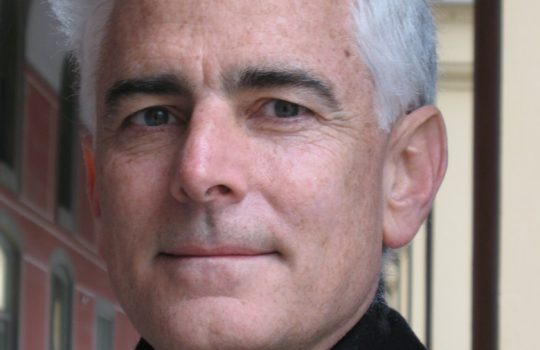Scientists inaugurate world’s largest cosmic-ray observatory
Scientists of the Pierre Auger Observatory, a project to study the highest-energy cosmic rays, will celebrate the inauguration of their 3000-square-kilometer detector array at the southern site of the observatory in Malargüe, Argentina, this Friday, November 14, 2008.


